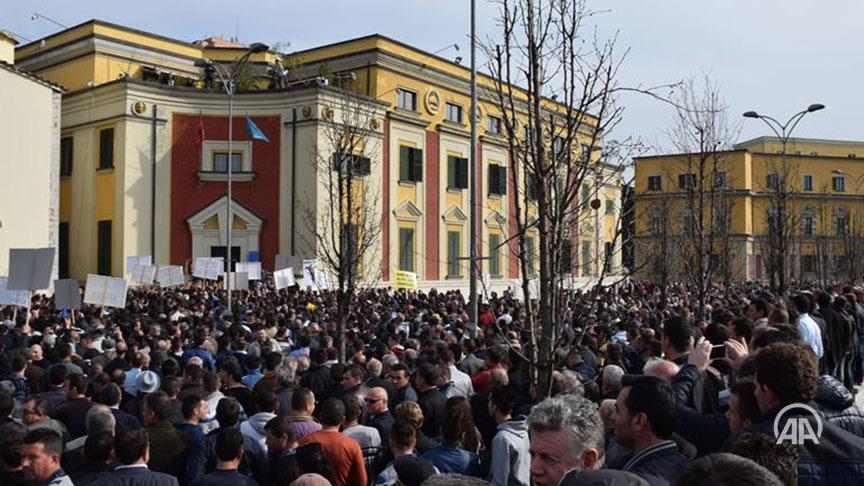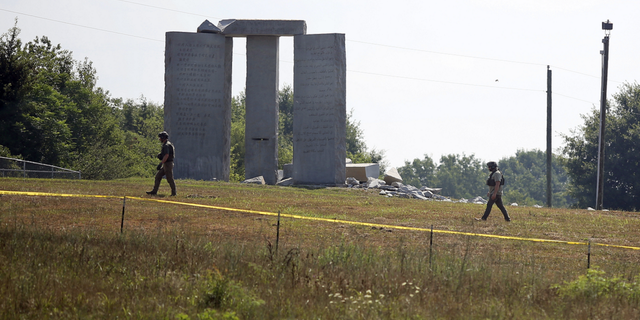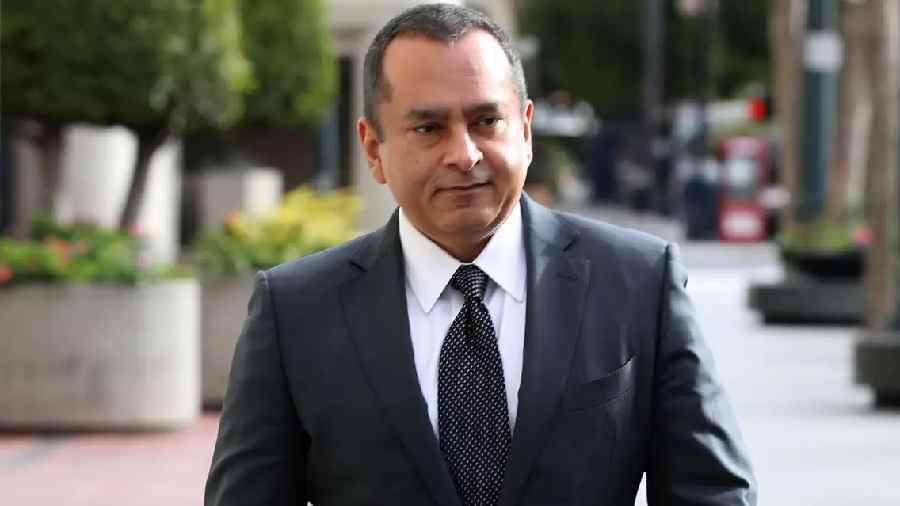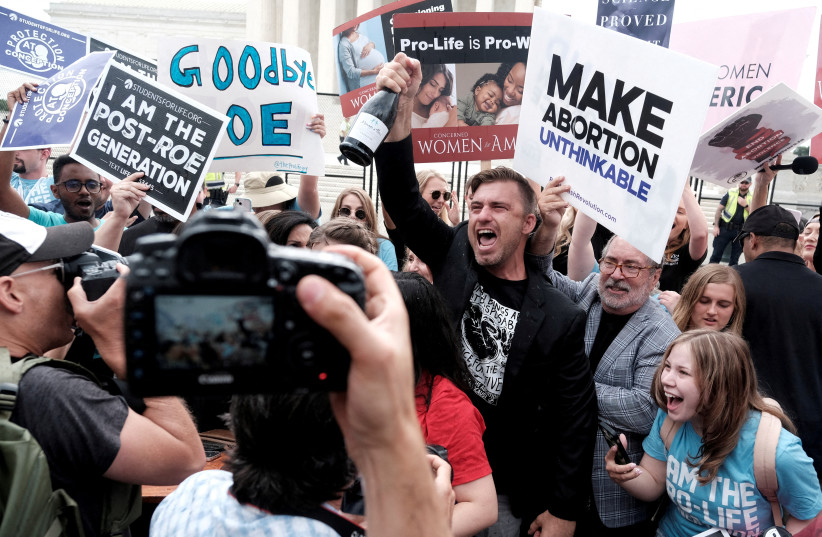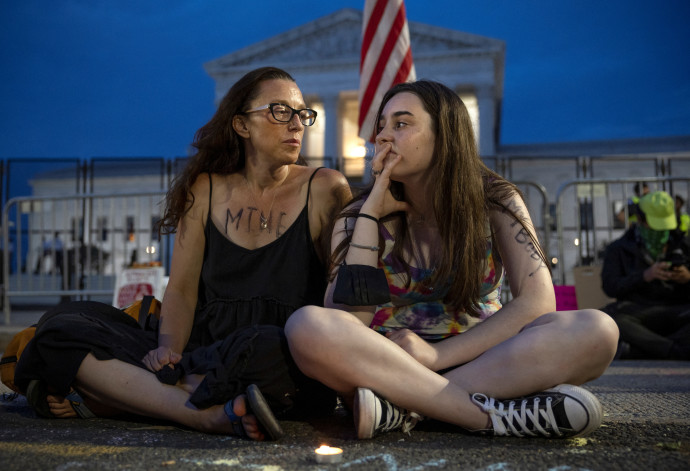
Image by Rodion Kutsaev.
When Enbridge Inc. announced on September 29, 2021, its “Line 3 Replacement Project [was] Substantially Completed and Set to be Fully Operational,” Winona LaDuke, Executive Director of Honor the Earth, issued a video response from the White Earth Reservation in Northern Minnesota. After years of fighting against Enbridge’s efforts to desecrate Anishinaabe lands, Winona refused to give up the fight. In her words, “They’ve created their jobs. They put in their pipe. They won. They’ve committed a crime. And someone needs to stop them from making a profit off of that crime. Do something for the people. Stop Line 3 and give us a ‘just transition.'”
Line 3 is a project of Enbridge Inc., a multinational corporation headquartered in Alberta, Canada. Enbridge transports 30% of all oil produced in North America and operates 76,546 miles of pipeline across the continent. Last year, Enbridge reported yearly revenue of $39.853B, a 33.53% increase year-over-year. Line 3 is part of Enbridge’s Mainline System and runs 1,097 miles from Edmonton, Alberta, to Superior, Wisconsin. Line 3 transports ‘tar sands oil,’ a variant of oil that the Union of Concerned Scientists denounces as “a mixture of mostly sand, clay, water, and a thick, molasses-like substance called bitumen…[which] on a lifetime basis…produces about 15% more carbon dioxide emissions.” Built in 1960, Line 3 initially transported 760,000 barrels of oil a day. But, as of 2019, it could only transport 390,000, about half the amount. Enbridge Inc. announced its Line 3 Replacement Project on October 24, 2014, by filing a Notice Plan with the Minnesota Public Utilities Commission (MPUC). In Enbridge’s words, the Line 3 Replacement Project will “maintain … high safety standards…and restore the historical operating capabilities of Line 3.”
But, the story of Line 3 is not that of “safety standards” and “operating capabilities.” Instead, it is the story of Honor the Earth and the Anishinaabe’s resistance against Line 3. It is the story of ‘manoomin,’ and Turtle Island again being attacked by the “Black Snake.” And it is the story of the MPUC’s failure to honor treaty rights and protect the Earth. Line 3 was not a failure of the State of Minnesota but rather the logical consequence of a settler-colonial political system determined to destroy the Earth and any potential for Native sovereignty. Enbridge knew it would face a fight, as with the Dakota Access Pipeline and Keystone XL. But, this time, it came prepared. It assembled the Northern Lights Taskforce, “brought jobs to Minnesota,” and pursued every legal and illegal option available to nullify resistance to Line 3. Enbridge wielded its power to its advantage, and it won. But, that doesn’t mean that the resistance failed.
Andy Pearson, Midwest Tar Sands Coordinator at MN350, who was also arrested at an MPUC hearing, said, “Although Line 3 is in the ground, the fight against tar sands and pipelines…is something that does continue and will continue. We’re seeing action against Line 5 in Northern Wisconsin, and we’ll see more work to build against the Enbridge Mainline System.” While Line 3 is just a single component of Enbridge’s vast infrastructure holdings across the so-called United States, Enbridge appeared determined to influence every unit of the State of Minnesota to its advantage. Despite resistance by Honor the Earth, StopLine3, MN350, the Giniw Collective, the Sierra Club, and many others, Enbridge was able to use the police, the legislature, and the PUC to neutralize the Anishinaabe people and affiliated water protectors.
Enbridge’s relationship with Minnesota law enforcement is well established. Before beginning construction on Line 3, Enbridge obtained a permit through the MPUC that outlined its financial responsibilities to the State of Minnesota, including Minnesota law enforcement. It states:
“Prior to construction, the Permittee shall establish a Public Safety Escrow Account…Local Government Units (LGU) shall submit in writing an itemized request to the Public Safety Liaison sufficient to recommend to the Commission’s Executive Secretary whether services rendered were additional municipal services uniquely provided as a result of construction of the pipeline during the term of this permit.”
While Enbridge didn’t explicitly approve of nor solicit this inclusion, it’s hard to imagine that they do not approve. The Northern Lights Task Force, a coalition of Police Departments in Northern Minnesota, including the Aitkin Police Department and Palisade Police Department, is also the direct beneficiary of this provision. The Escrow Account functions as a blank check written by Enbridge on behalf of the policing agencies in Northern Minnesota. There are few limitations on what can be included in a reimbursement request. And in documents obtained by The Intercept, one Aitkin Police Department Seargent expressed hope that “the pipeline will give us an extra boost to next year’s budget, which should make it easy for me to propose an upgrade/trade to your rifles rather than a rebuild of our 8 Bushmasters.”
Shanai Matteson, a Cultural & Campaign Organizer at Honor the Earth and lifelong resident of Palisade, Minnesota, was heavily involved in the resistance against Line 3. In one incident, Shanai was charged for, in her words, “conspiring, aiding and abetting trespass on critical public infrastructure” for making “a speech at a rally where I live, also known as the Welcome Water Protectors Camp.” On the 30th Anniversary of the Enbridge Oil Spill in Itasca County, Shanai was charged after officers “kettled and arrested dozens of people taking part in a memory march.” When asked about the relationship between the State of Minnesota and Enbridge, Shanai indicated, “What happened here in Northern Minnesota sets a dangerous precedent…with local law enforcement paid to police the property and profits of a private company.”
According to a Permit Compliance Filing with the MPUC, “$250,000 was deposited on May 8, 2020” into the Escrow Account. But, in total, Enbridge paid $2,171,008.84 to the Minnesota Department of Natural Resources (DNR) and millions more to police departments across Northern Minnesota. Winona LaDuke, Executive Director of Honor the Earth, said she “was charged by a DNR officer first…so the guys charged with protecting us are the guys arresting us.” On June 15, 2021, Enbridge pierced an aquifer near its Clearbrook Terminal worksite. According to the DNR, as of September 5, 2021, 24.2 million gallons of groundwater had been spilled. As a penalty, the DNR ordered Enbridge to pay 3.32 million dollars. And yet, on September 10, 2021, Enbridge pierced another aquifer near the Fond du Lac Band of Lake Superior Chippewa Reservation, spilling 220 million gallons of groundwater.
The Department of Natural Resources and the State of Minnesota did nothing to stop Enbridge’s criminal misconduct in Northern Minnesota. But that shouldn’t be a surprise. Enbridge bought off the police and was willing to accept whatever fine the DNR might levy, as long as it meant Line 3 was in the ground. Yet, at the same time, viewing Enbridge’s relationship with the Northern Lights Taskforce, the State of Minnesota, and the Department of Natural Resources through this lens of corruption or malfeasance doesn’t do justice to the nature or extent of the relationship. It is no mistake that the Fond du Lac Band of Lake Superior Chippewa Reservation had 220 million gallons of water spilled into its Dead Fish Lake, threatening its wild rice harvest. Nor was it a mistake that Winona LaDuke, the ‘guardian ad litem for the Shell River’ appointed by the White Earth Band of Ojibwe, was arrested protecting the very river she swore to protect.
The Public Utilities Commission’s permit for Line 3 includes provision 6.11, titled Tribal Economic Opportunity and Labor Education Plan, which states, “The Plan must include…a discussion of how Minnesota-based tribal members and businesses will be given preference under the committed target.” Additionally, it demands that “The Plan…include: a discussion of a Regional Native American Training Program with the purpose of recruiting and training Native Americans in the region.” Enbridge employed 12,155 workers during its Line 3 Replacement Project, 295 of which identified as Native Americans and residents of Minnesota.
Even the Public Utilities Commission, despite serving as Enbridge’s puppet, recognized the plight of Native communities in Northern Minnesota.
Due to the legacy of displacement, assimilation, and extermination, Anishinaabe communities in Northern Minnesota have the highest poverty rates in the State. I.e., the 36.8% poverty rate on the Red Lake Reservation or the 37.9% poverty rate on the Leech Lake Reservation. If it could have a consciousness, Enbridge would not devote it to Minnesota, and certainly not the Anishinaabe. To Enbridge, the Anishinaabe are a resource and, at times, a nuisance. They are ‘people of the past’ and people to control. The MPUC urges Enbridge to “train” the Anishinaabe. But, here, “train” does not mean support or teach; instead, it means ‘to control.’ For Enbridge, it would be financially expedient to exterminate the last and only obstacle standing in the way of Line 3—the Anishinaabe who have stewarded the land for generations.
And while the Public Utilities Commission forbade “counterinsurgency tactics or misinformation campaigns” in Provision 5.5 titled Public Safety and Security, Enbridge didn’t listen. Documents obtained by the Intercept indicate that Enbridge launched an initiative titled “Opposition Driven Operational Threats,” which systematically documented and categorized Native individuals, tribes, and organizations into color-coded arrangements indicating whether or not they were a threat. In 2021, Enbridge event went so far as to purchase land near the headquarters of Honor the Earth (which they later sold after completing Line 3). While the relationship between Enbridge and the Northern Lights Task Force is well documented, Enbridge’s internally discussed strategy in directing the police against water protectors is less well known. Like a ‘black box,’ we know the result—nearly 900 arrests—but don’t know all of what went into Enbridge’s strategy.
While the battle against Line 3 is over, that does not mean that Honor the Earth or, for that matter, any other individual or organization involved in the fight against Line 3 has given up. Hundreds of water protectors are still facing charges, many of them, in StopLine3’s words, “with trumped-up felonies, with most of the felonies being bogus “theft” charges,” and a new campaign, “Drop the Charges,” has been launched to support those facing jail time upon conviction. But Enbridge hasn’t given up either. The fight against Line 5 is heating up in Michigan as Enbridge attempts to build a tunnel underneath the Straits of Mackinaw despite the opposition of the State of Michigan and the Bad River Tribe. When asked about the battle against Line 5 and why, despite the massive influence of a corporation like Enbridge, it’s still work fighting, Paul DeMain, Board Chair of Honor the Earth and Tribal Member of the Bad River Tribe, had this to say: “You know why? Because Enbridge fears the truth. And that’s what we’re fighting up against.”
